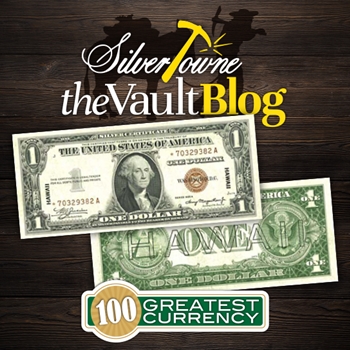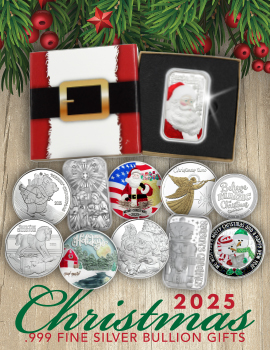
Up next in our series covering Whitman Publishing’s 100 Greatest American Currency Notes, we take a look at a note that many of you will recognize. Not only is its history familiar to most, its popularity has reached most, even those who do not necessarily collect currency. With help from authors Q. David Bowers and David M. Sundman, we are going to delve deeper into this wartime era note many still collect today.
#65 - World War II Emergency Issue $1 Silver Certificate with “Hawaii” Overprint
Special issues of $1 Silver Certificates with brown Treasury seals were produced after the attack on Pearl Harbor on December 7, 1941. The navy of the Japanese emperor conquered many islands and territories, controlling the far reaches of the Pacific. The future of the Hawaiian islands was more uncertain than ever. After the attack, the center of the Pacific Fleet of the United States Navy and the planes of the Army Air Corps, both located in Hawaii, had been destroyed. The USS Arizona specifically almost saw the death of its entire crew and was later made into a memorial in Honolulu in May of 1962.
In response to the attack, the $1 Silver Certificates, in addition to $5, $10, and $20 notes in other series, were overprinted with HAWAII and sent to the islands in peril. If the islands were to fall into the hands of the Japanese, the bills could be renounced by the United States government and be of no use in the hands of the enemy. This was because the American dollar was highly respected throughout the world.
HAWAII was overprinted on both sides of the $1 small-size note. At the time, the HAWAII overprint notes attracted a lot of attention from both the public and numismatists as they were affordable. Until the 1960s, it was not unusual to see a pack of 100 notes available on wholesale and sometimes in 12ct uncut sheets.
In 1960, the historic market value of a Gem Crisp Uncirculated $1 note was at $8. By the publication of this book (2006) it had risen to $225.







